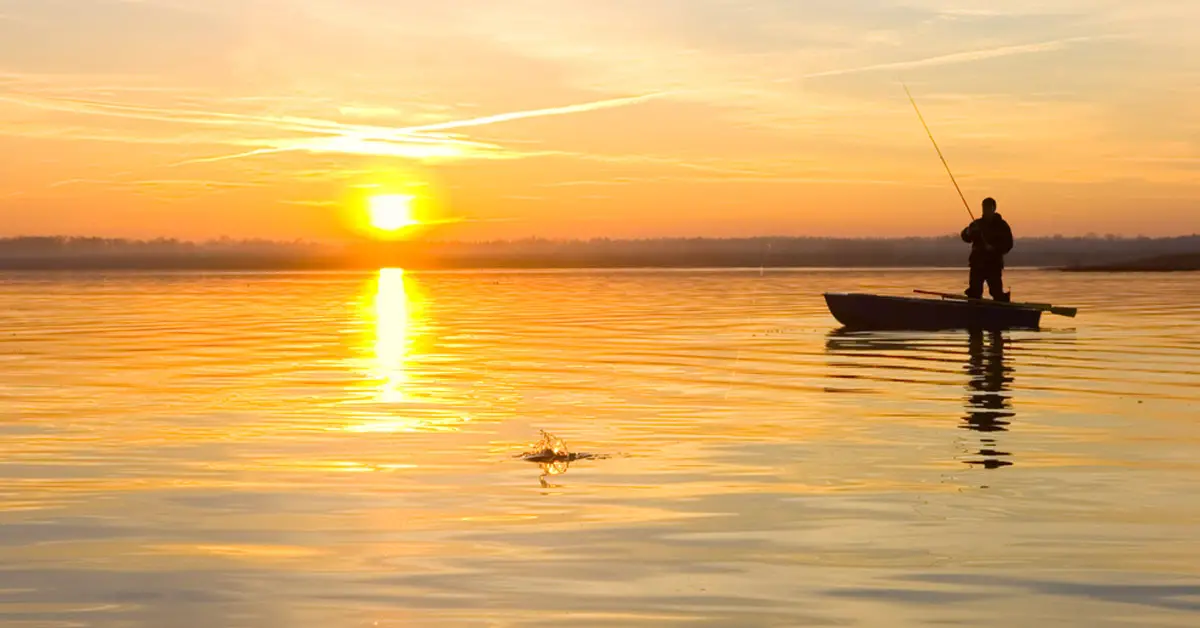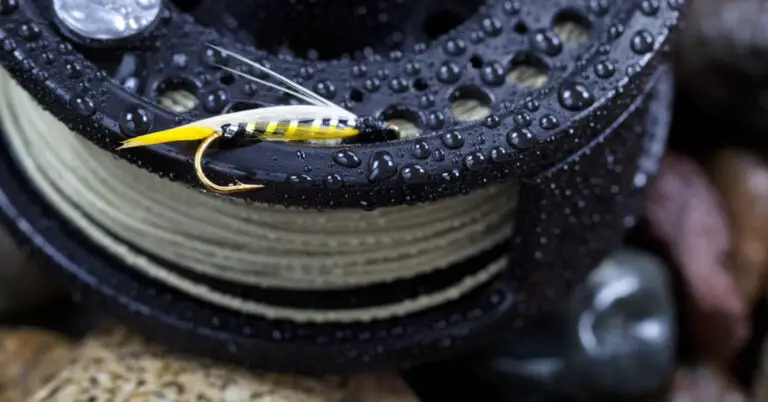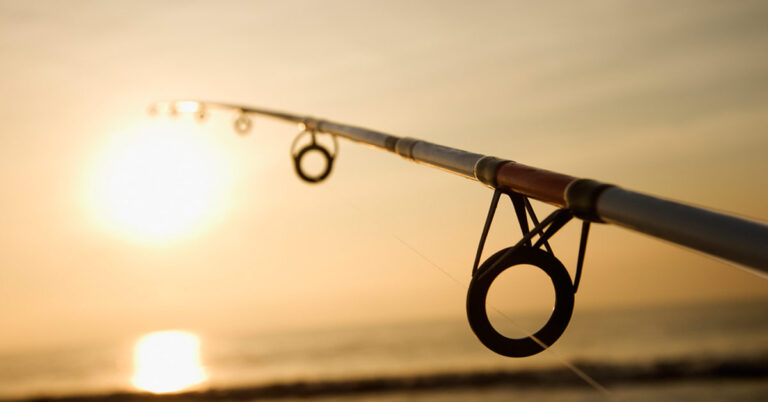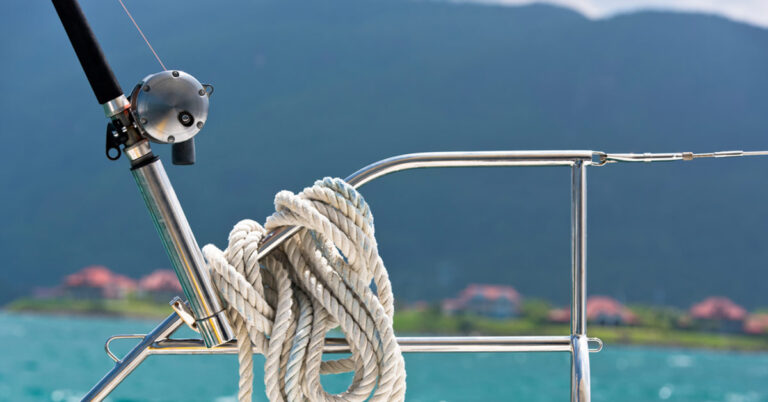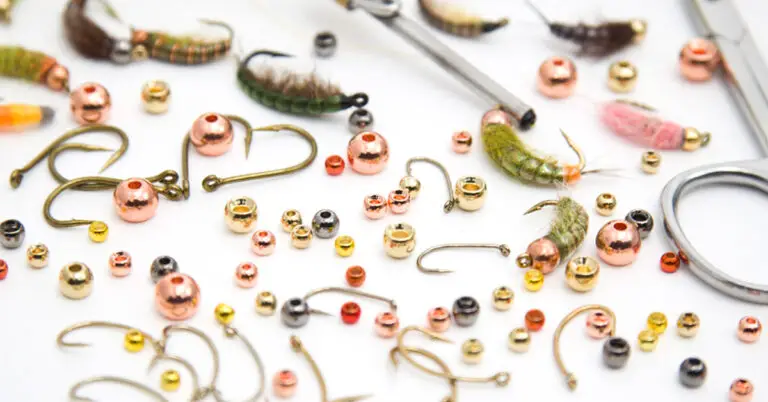How Does Deep Hole Fishing Work? A Comprehensive Guide to This Fishing Technique
Deep hole fishing has piqued the interest of many fishing enthusiasts, both experienced and novice, as they search for new ways to maximize their catch and embark on exciting aquatic adventures. This comprehensive guide to deep hole fishing will provide you with a wealth of information on this unique technique, exploring its origins, equipment, and the best practices for success. Keywords such as a deep hole, fishing technique, and fishing enthusiasts will be discussed in detail throughout this article, giving you a solid understanding of this intriguing approach to angling.
Deep hole fishing works by targeting fish that dwell in deep underwater holes or structures. Anglers use specialized gear and techniques to reach these depths, typically employing heavy weights, strong lines, and suitable bait. The key is to present the bait effectively, luring fish from their hiding spots and into the open.
As you delve into the world of deep hole fishing, you may find yourself asking questions about the appropriate gear, optimal locations, and effective strategies for mastering this technique.
To ensure that you are well-equipped for your deep hole fishing journey, this guide will cover essential topics including bait selection, the role of fish finders, and how to identify promising fishing spots.
By learning the ins and outs of this specialized fishing method, you will be well on your way to becoming a more proficient angler and reaping the rewards that deep hole fishing has to offer.
Introduction to Deep Hole Fishing
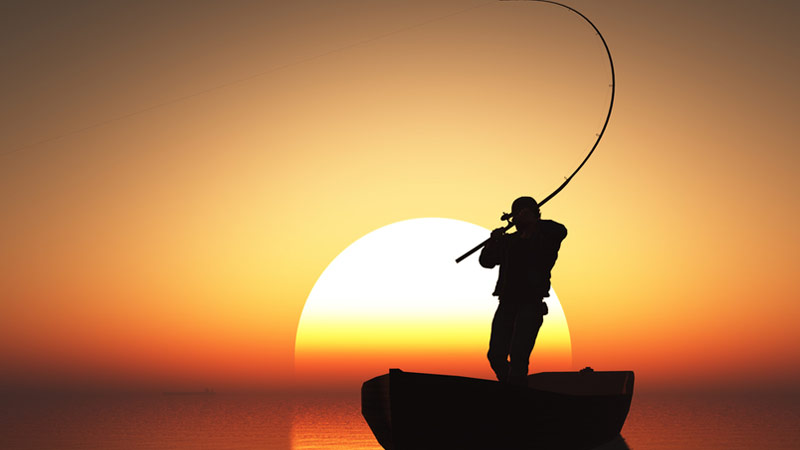
Deep hole fishing is a specialized angling technique that targets fish residing in deep underwater holes, crevices, or other submerged structures. These hiding spots provide a natural habitat for various species of fish, making them ideal hunting grounds for discerning anglers.
The practice of deep hole fishing challenges fishermen to employ unique methods and specialized gear to reach these depths and lure fish out of their hiding spots, leading to potentially impressive catches.
For many fishing enthusiasts, deep hole fishing offers a thrilling and rewarding experience, allowing them to explore less-traveled waters and uncover the hidden treasures of the aquatic world.
This technique requires patience, skill, and a keen understanding of the target fish’s behavior and preferences. By mastering deep hole fishing, anglers not only hone their abilities but also broaden their knowledge of the marine ecosystem, leading to a more immersive and satisfying experience on the water.
Identifying Prime Deep Hole Fishing Locations
Identifying prime deep hole fishing locations is a crucial aspect of success in this specialized angling technique. Deep holes and underwater structures can be found in various bodies of water, such as oceans, lakes, and rivers. They often serve as hiding spots and feeding grounds for fish, making them highly attractive to anglers. To locate these prime spots, there are several factors to consider.
Firstly, familiarize yourself with the topography of the area you plan to fish. Maps, charts, and online resources can provide valuable information about underwater contours and structures. Keep an eye out for steep drop-offs, submerged reefs, or underwater caves, as these are prime locations for fish to congregate.
In addition to topography, water temperature and currents can influence fish behavior and distribution. Many species prefer specific temperature ranges, so monitor temperature changes to identify potential hotspots. Furthermore, currents can carry nutrients and smaller prey, attracting fish to certain areas. Pay attention to the confluence of currents or areas with significant water movement.
Local knowledge can also prove invaluable when identifying prime fishing locations. Speak with experienced fishermen, fishing guides, or tackle shop owners to gather information on popular deep hole fishing spots in the area. They can often share insights on seasonal patterns, species-specific preferences, and recent fishing activity.
Lastly, don’t overlook the power of technology in locating prime deep hole fishing locations. Modern fish finders and GPS devices can be incredibly useful tools, helping anglers pinpoint underwater structures and fish populations.
Essential Deep Hole Fishing Equipment
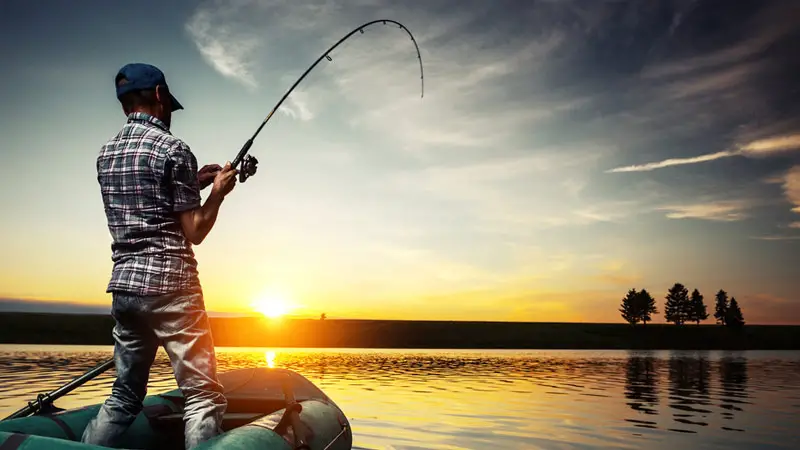
Equipping yourself with the right gear is essential for success in deep hole fishing. The unique challenges posed by this technique require specialized equipment that can handle the depths, pressure, and strength of the fish that dwell in these underwater structures. Here is a list of essential deep hole fishing equipment along with brief explanations:
- Heavy-duty fishing rod: A robust, sturdy rod capable of handling the added pressure of fishing in deep water is essential. Look for rods with a high weight rating and strong backbone to manage heavy weights and powerful fish.
- Strong fishing line: Opt for a high-test braided line or a heavy monofilament line that can withstand the strain of fishing in deep water. These lines offer increased strength, abrasion resistance, and sensitivity.
- Quality reel: Choose a reel with a high line capacity, smooth drag system, and a sturdy construction to manage the challenges of deep hole fishing. A conventional or baitcasting reel is often preferred for this technique.
- Heavy sinkers or weights: To reach the depths where fish hide, heavy sinkers or weights are necessary. Select appropriate sizes based on the depth and current conditions of your chosen fishing spot.
- Circle hooks: Circle hooks are recommended for deep hole fishing because they reduce the risk of gut-hooking fish and improve hook-up ratios. These hooks are designed to catch in the corner of a fish’s mouth, ensuring a secure hold.
- High-quality bait: Live or fresh dead bait is preferable for deep hole fishing. Species-specific baits such as squid, shrimp, or small fish can be highly effective in luring fish from their hiding spots.
- Fish finder: A quality fish finder can help you locate underwater structures and identify fish activity. This technology greatly enhances your chances of finding prime deep hole fishing spots.
- GPS device: A GPS device can be invaluable for marking productive fishing locations and navigating your way back to them in the future. This tool is particularly useful for anglers exploring unfamiliar waters.
Choosing the Right Bait for Deep Hole Fishing
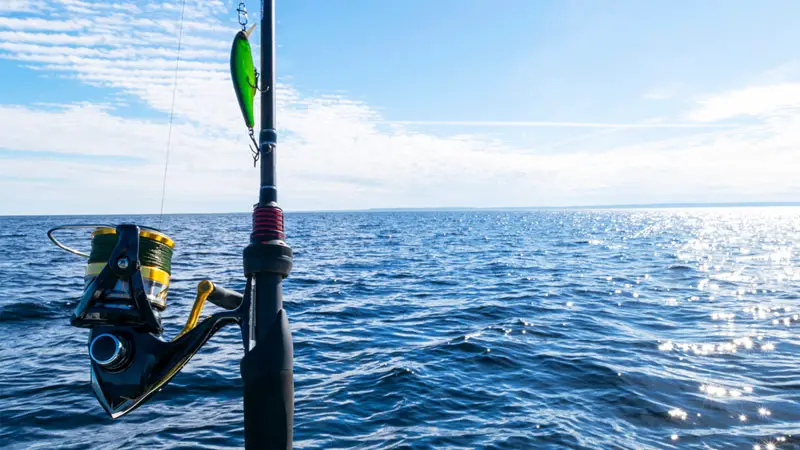
Choosing the right bait for deep hole fishing is a critical factor in attracting fish from their deep underwater hideouts. The bait you select should not only be appealing to the target fish species, but also be able to withstand the pressure and conditions at greater depths.
Live or fresh dead bait is generally more effective than artificial lures when it comes to deep hole fishing, as the natural scent and movement of the bait can entice fish to leave their protective environments.
To select the most effective bait for your deep hole fishing expedition, consider the preferences and natural diet of the fish species you are targeting. Research the feeding habits of the fish in your chosen location and use this information to guide your bait selection. Common deep hole fishing bait options include squid, shrimp, and small fish like pinfish or sardines.
If you’re uncertain about the best choice, local anglers or tackle shops can provide valuable advice based on their experience and knowledge of the area’s fish population. When using live bait, ensure that it is properly rigged and presented to maintain its natural appearance and movement, increasing the likelihood of attracting fish from their deep lairs.
Techniques for Presenting Bait in Deep Holes
Effectively presenting bait in deep holes is crucial for enticing fish to emerge from their hiding spots and take the bait. The presentation should closely mimic the natural movement and behavior of the prey, ensuring that it appears as realistic and appealing as possible.
Various techniques can be employed to achieve this, depending on factors such as the type of bait, target fish species, and fishing conditions. Here are some key techniques for presenting bait in deep holes, along with brief explanations:
- Free-lining: This technique involves allowing the bait to sink naturally, with minimal or no weight, resulting in a more lifelike presentation. Free-lining is best suited for situations with minimal current and when targeting fish near the surface of the hole.
- Bottom fishing: Position your bait directly on or near the bottom of the hole to target fish that reside in these deeper areas. Use a sliding sinker rig or a fish-finder rig to ensure that the bait remains close to the structure.
- Drifting: Drift the bait through the hole by allowing the boat to move with the current. This method can cover a larger area and present the bait more naturally. Adjust your weight and line length to maintain the desired depth.
- Vertical jigging: Drop your bait or jig to the desired depth and use an up-and-down motion to create an enticing presentation. This technique can be particularly effective when combined with a fish finder to target specific fish or structure.
- Slow trolling: Slowly troll the bait around the edges of the hole or structure, maintaining a steady speed and depth. This technique can be useful for covering more ground and exploring various depths within the hole.
The Role of Fish Finders in Deep Hole Fishing
Fish finders play a significant role in deep hole fishing, as they assist anglers in locating prime fishing spots and identifying fish activity in the area. These electronic devices use sonar technology to detect underwater objects, contours, and fish, providing valuable insights into the aquatic environment.
By using a fish finder, anglers can pinpoint the exact location of deep holes, submerged structures, and fish schools, increasing their chances of success and making their fishing trips more efficient and productive.
In addition to identifying prime fishing locations, fish finders can also aid in determining the appropriate depth at which to present the bait. By monitoring the depth at which fish are detected, anglers can adjust their fishing technique to target specific species or depth ranges.
Furthermore, fish finders can reveal the presence of baitfish, which can serve as an indicator of predator fish activity in the area. Modern fish finders come with various features such as GPS integration, mapping capabilities, and high-resolution imaging, making them indispensable tools for deep hole fishing enthusiasts.

